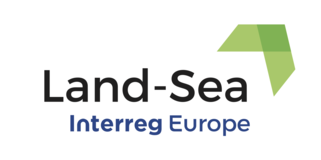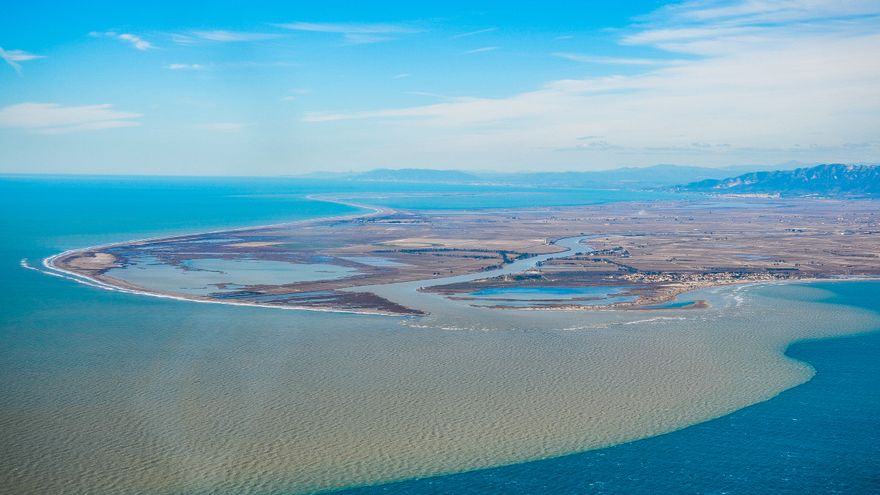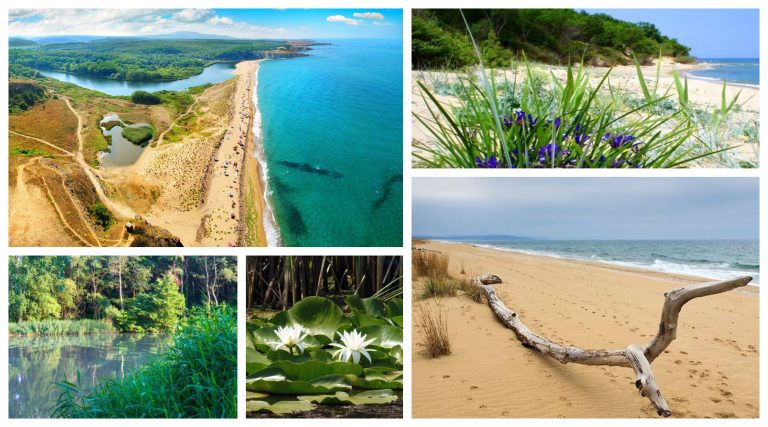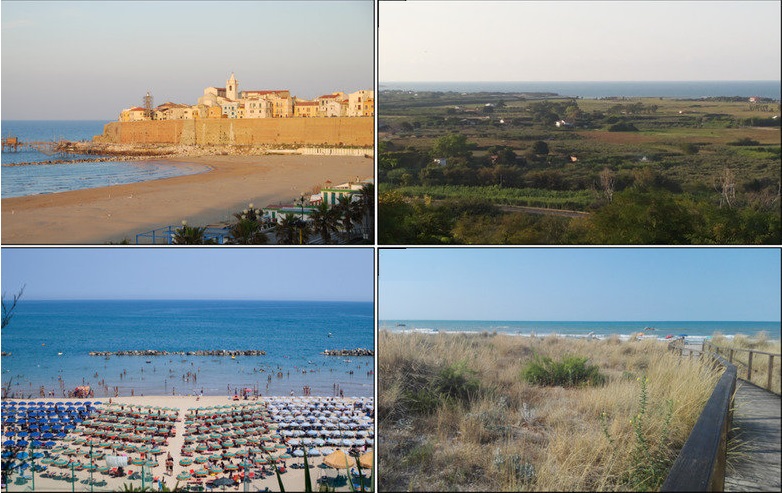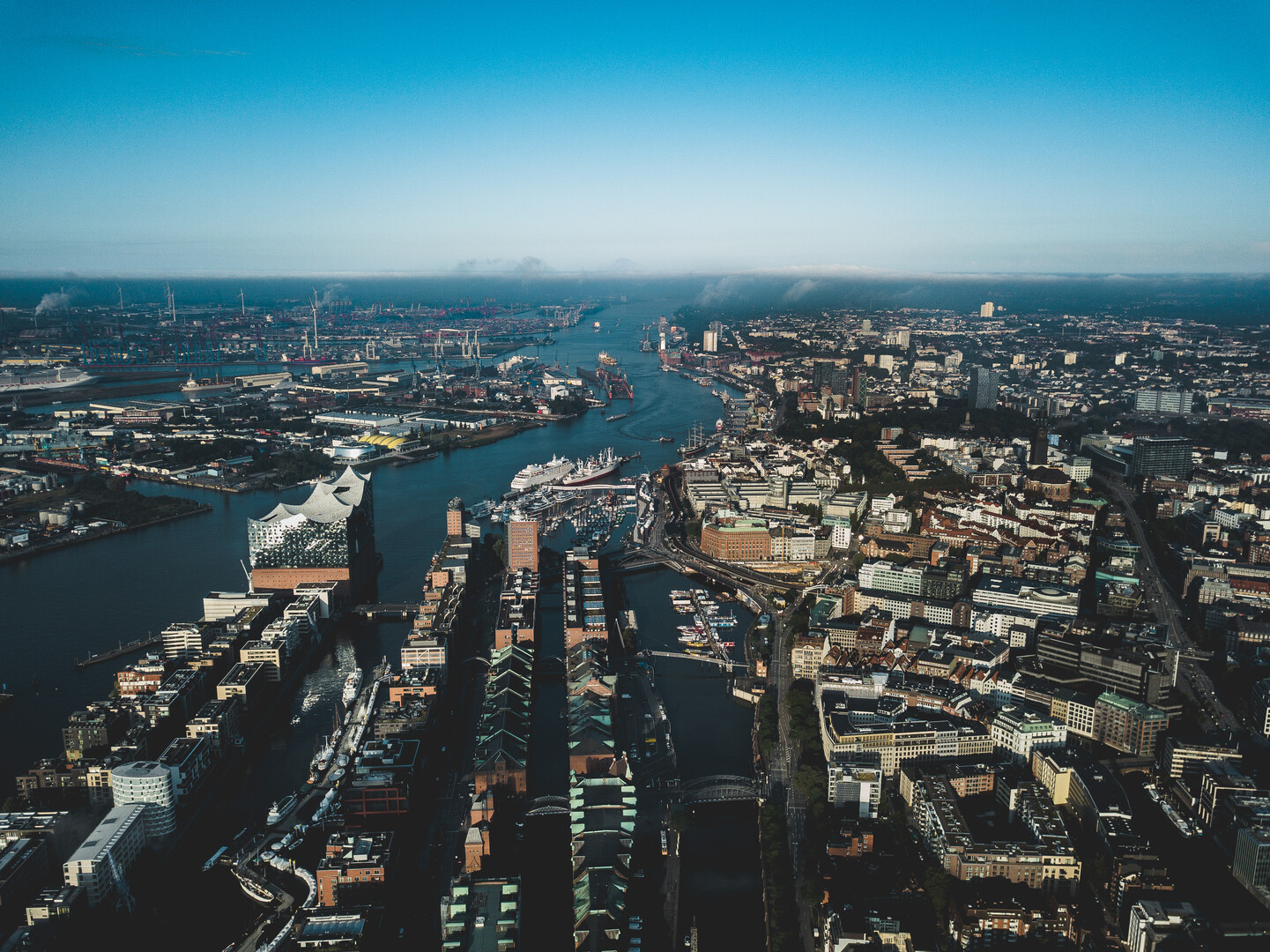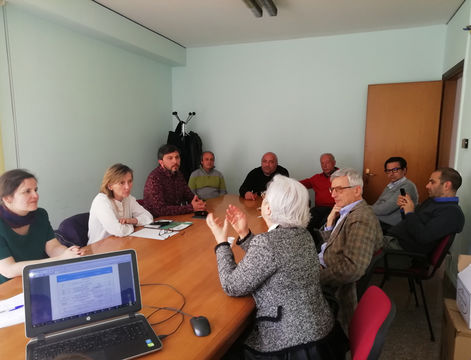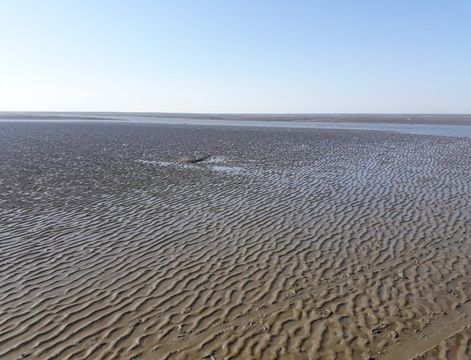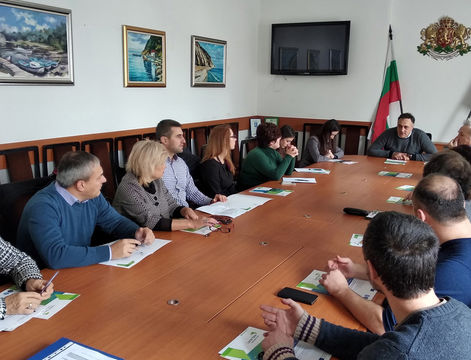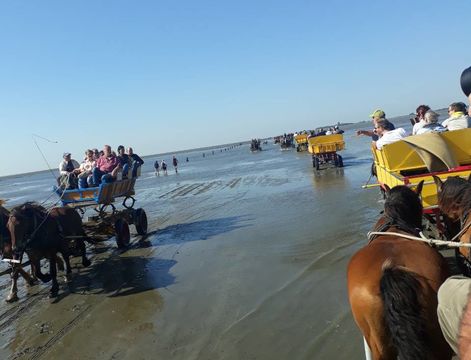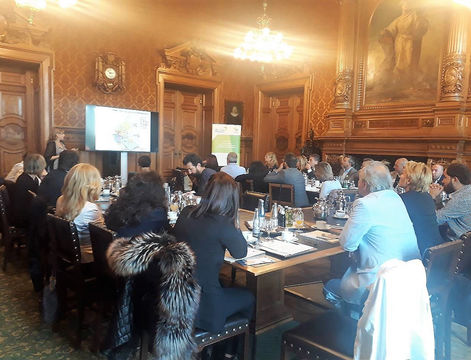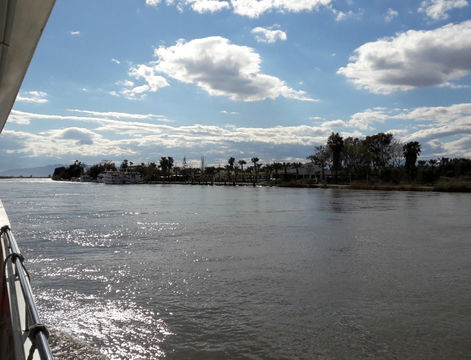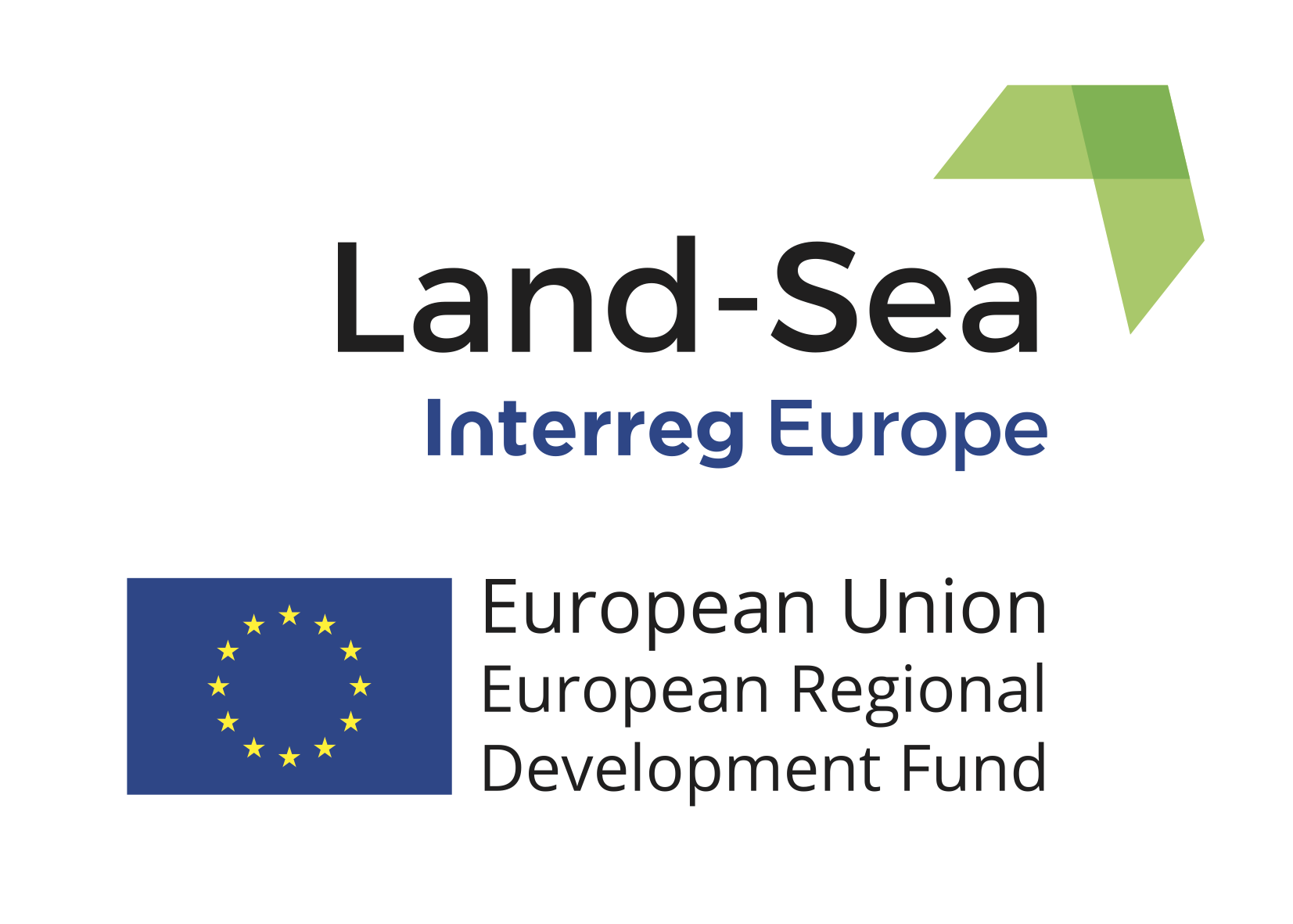Between Land and Sea
The interregional study visit to Cuxhaven and the Island of Neuwerk in the fourth semester of the project was a real adventure for all participants at the Land-Sea project! There was a huge first surprise: the trip to the Island - only horse driven coaches could bring us there due to the low level of the Elbe river - no other transportation means were appropriate for the journey. The National park Wadden Sea - a part of a UNESCO natural heritage site - was considered a real phenomenon by all participants. From the salt marshes to the tidal creeks, from the dunes to the sand banks - the tidal flats form the meeting point between land and sea. The tidal flat surfaces are flooded twice a day at high tide. The tidal range is three metres. The tidal creeks, which wind like rivers through sand and silt, form the connection with the open sea.
The Wadden Sea National Park is impressive: a huge, 345,000-acre terrain and, after all, Germany's second largest national park. For the animals that live here, it is a paradise - just as for the Rangers, who look after everything here and ensure that this unique mud flats persists.
Guests with feathers
Twice a day the seabed meets the horizon: low tide exposes tidal flats full of worms, mussels and snails – a feast for birds. In late summer and autumn four millions birds use the tidal flats, salt marshes and sands of the National Park as a feeding place or to rest.
People at the park
The most important economic factor for residents of the National Park area is tourism. It contributes to 37 percent of people‘s income on the Schleswig-Holstein North Sea coast. The National Park and the west coast receive 2 million overnight stays and 14 million day visitors per year.
A qualified ranger guided us through this natural miracle. The rangers’ job is a job full of variety: Rangers’ many tasks include marking trails, creating signage, landscape control, wildlife conservation, bird watching, plant mapping, guided tours and public relations. It could hardly be better: "It's exciting every day. And you can make a difference on a small scale". In fact, what a ranger does here with his colleagues "on a small scale" has global significance: "Twelve million birds come here every year, and they only get through to their wintering area because the Wadden Sea and us are here”. In this respect the rangers’ job is no one like any other. And you have to be there with your heart: "Otherwise you cannot do that. Much is also mixed up here, both private and work.”
The efforts in keeping the nature and the local people safe by the floods, in maintaining the infrastructure and guaranteeing enough space for business initiatives and social life - knowledge about all this, participants took with themselves to their home countries after this interregional learning experience.

